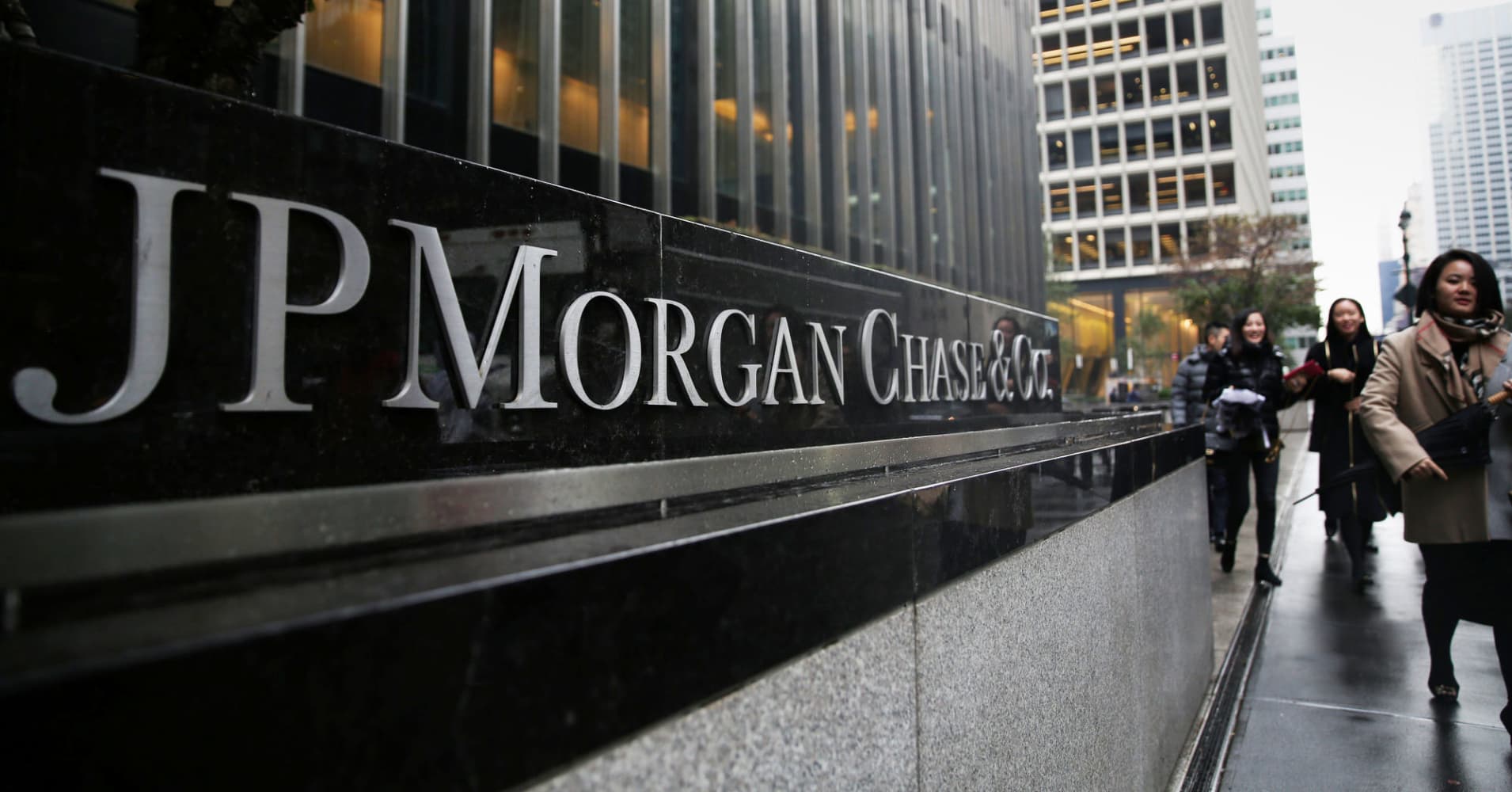
Low costs are likely how JPMorgan hopes to attract assets into both BBJP and BBEU, which, as vanilla, market-cap weighted equity ETFs, look very similar to existing products.
BBJP’s portfolio looks almost identical to the bigger, older EWJ, even though BBJP pulls from stocks listed on either the Tokyo and Nagoya Stock Exchanges, whereas EWJ only selects Tokyo-listed stocks.
BBEU also looks very similar to the iShares Europe ETF (IEV), which holds 350 of the largest European equities; BBEU holds the top 85% of the market by capitalization.
More from ETF.com:
After waiting years for China A shares, it all went horribly wrong
Biggest threats to emerging markets ETFs
A ‘black swan’ ETF is in the works
Other JPMorgan ETFs with relatively cheap price tags for their segments include its line-up of five single-factor U.S. equity funds, which cost 0.12% apiece and are among the cheapest single-factor ETFs available.
JPMorgan first entered the ETF business in 2009, when it debuted the still-popular J.P. Morgan Alerian MLP Index ETN (AMJ), which has $3.1 billion in assets under management.
However, JPMorgan’s ETF efforts picked up in earnest around 2016, when they launched six new ETFs, followed by 10 more funds in 2017. So far in 2018, the issuer has launched five new funds, including the three BetaBuilders ETFs.
Yet even with the influx of cash into BBJP and BBEU, assets in J.P. Morgan’s funds remain fairly small. Only $9.3 billion is invested in their 27 products, 34 percent of which is in AMJ alone.
With last week’s flows into BBJP and BBEU, however, J.P Morgan leapfrogs Goldman Sachs in our ETF League Table to become the 17th largest ETF issuer in the U.S.
—By Lara Crigger, ETF.com
Contact Lara at [email protected]
Be the first to comment